
A classroom, whether traditional or homeschooling, thrives on the richness and diversity of learning methodologies. One such approach that has stood the test of time is the Montessori Method. This child-centered philosophy promotes a well-structured yet flexible environment that encourages self-discipline, creativity, and a love for learning. For educators and parents who wish to harness this dynamic, the following tips highlight ways to incorporate Montessori philosophies and activities into their classrooms.
Montessori Philosophies and Their Power
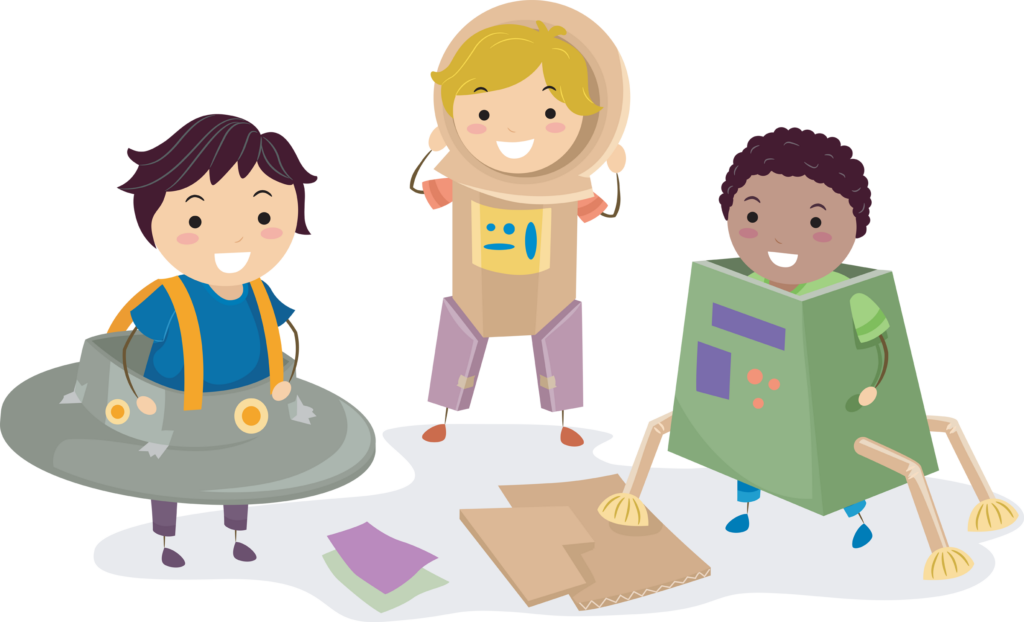
Understanding Montessori philosophies is the first step towards utilizing them effectively. They revolve around the idea that children learn best in their own ways, at their own pace, and that their education should be tailored to their unique needs and potentials. Respect for the child, absorbent mind, sensitive periods, prepared environment, and autoeducation are key philosophies to imbibe and reflect in the learning atmosphere.
Creating the Montessori Prepared Environment

Creating a Montessori environment involves more than just physical space. It’s about building an atmosphere that stimulates learning and personal development.
- Child-centric Approach: This environment should be designed keeping the child in focus, with everything accessible and easy-to-use. The furniture should be of the right size, and materials should be organized and within reach. It’s essential that the child can freely explore and interact with their surroundings, nurturing independence and curiosity.
- A Mix of Activities: A well-prepared environment also includes a balance of activities that cater to children’s different learning styles and stages of development. Include practical life exercises, sensorial activities, language arts, math, cultural activities, and peace education. Practical life exercises foster independence and self-care skills. Sensorial activities stimulate the senses, allowing children to categorize and understand their world better. Language arts and math activities foster academic skills, while cultural activities promote global awareness and appreciation for diversity. Peace education, on the other hand, nurtures empathy, compassion, and conflict resolution skills. The wide array of activities not only keep children engaged but also cater to their holistic development, molding them into well-rounded individuals.
- Order and Consistency: The environment should reflect order and consistency, enhancing the sense of predictability and security. Each item should have a designated place and purpose, and routines should be followed regularly.
- Providing Hands-on Learning Materials: One of the critical elements of the Montessori Method is its emphasis on hands-on learning. This approach makes abstract concepts more concrete and understandable to the child. Incorporate learning materials that engage the child physically, allowing them to explore and learn through doing. This could be as simple as counting objects, shaping clay, or constructing with blocks. Hands-on learning materials help children engage multiple senses, making the learning process more immersive and enjoyable.
- Prioritizing Peace Education: Peace education is a cornerstone of the Montessori Method. It’s not just about preventing conflict; it’s about promoting understanding, tolerance, and respect for others. Include activities that promote kindness, empathy, and cooperation. Teach children conflict resolution skills and encourage them to express their feelings and thoughts in a respectful manner. A peace corner in the classroom can serve as a calm and quiet space for children to retreat, reflect, and regain their composure. With a focus on peace education, children learn to become compassionate and responsible individuals who contribute positively to their community.
Incorporating Autonomy and Independence
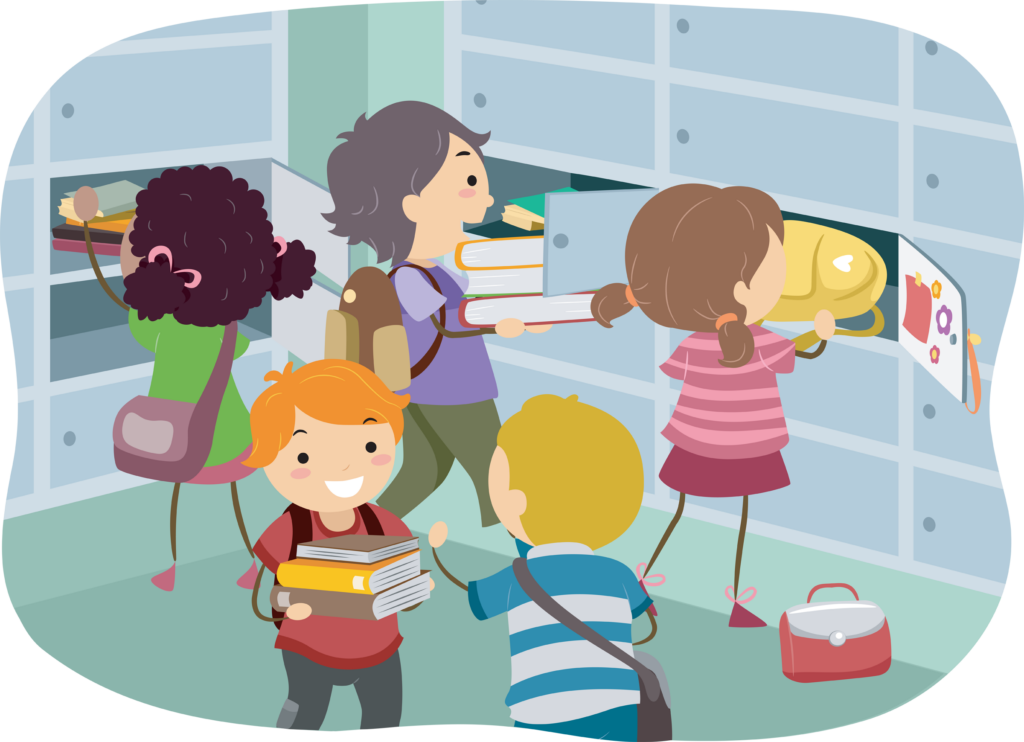
Empowering children to make choices fosters their decision-making abilities and self-esteem. By offering freedom within limits, educators and parents can channel the child’s energy into productive pursuits. Remember to allow them to choose activities, but guide them to respect rules and others’ rights. Give them responsibilities to cultivate a sense of ownership and self-reliance.
Encouraging Learning through Senses
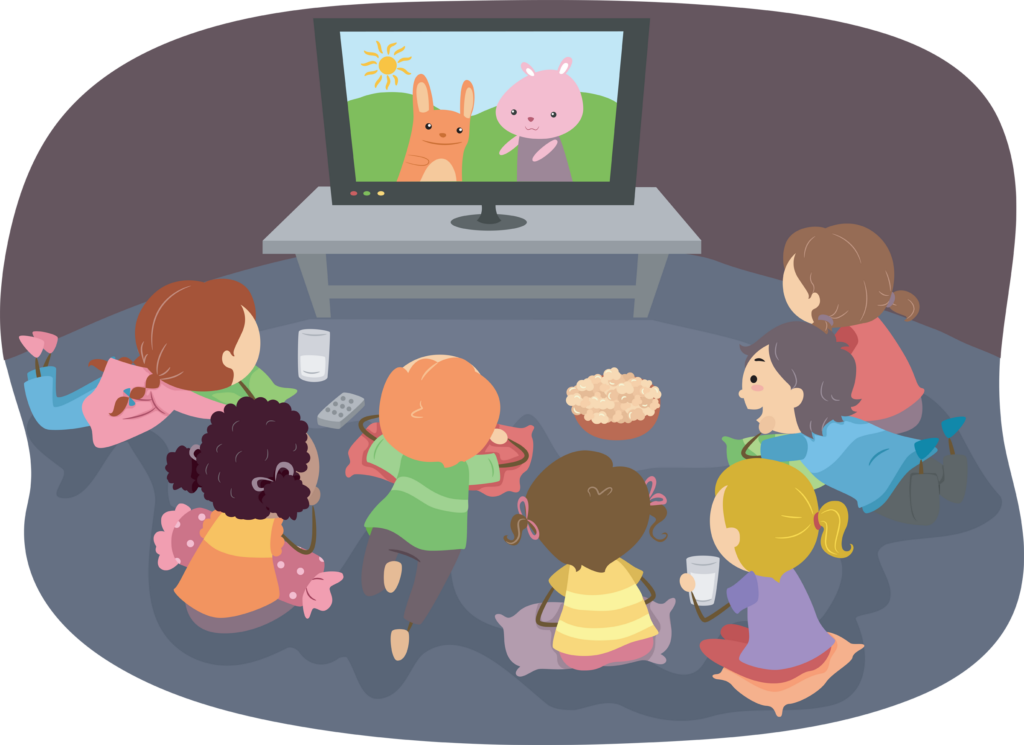
Montessori education emphasizes learning through all five senses, not just through listening, watching, or reading. Providing sensorial experiences enables children to understand their world better. Sensorial materials such as color tablets, geometric solids, and texture fabrics can be included in the learning repertoire.
Nurturing Self-Correction and Self-Assessment
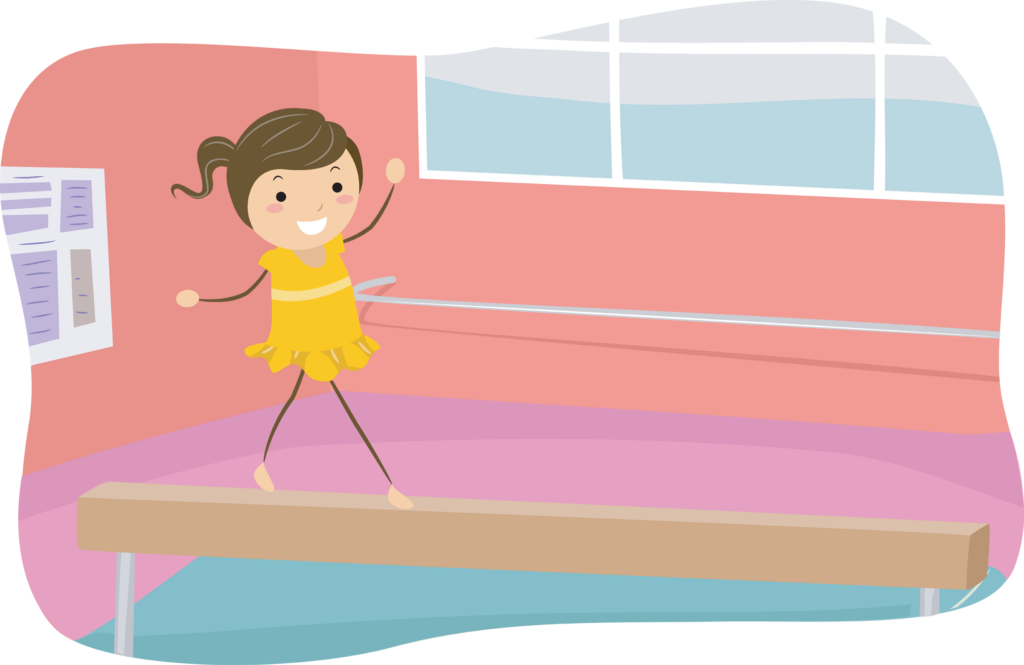
Montessori education believes in learning from one’s own mistakes. Include materials and activities that have a built-in control of error. This self-correcting approach encourages children to identify and correct their mistakes independently. Along with this, foster an environment where children can assess their own work, encouraging self-reflection and growth.
Integrating Reality and Nature
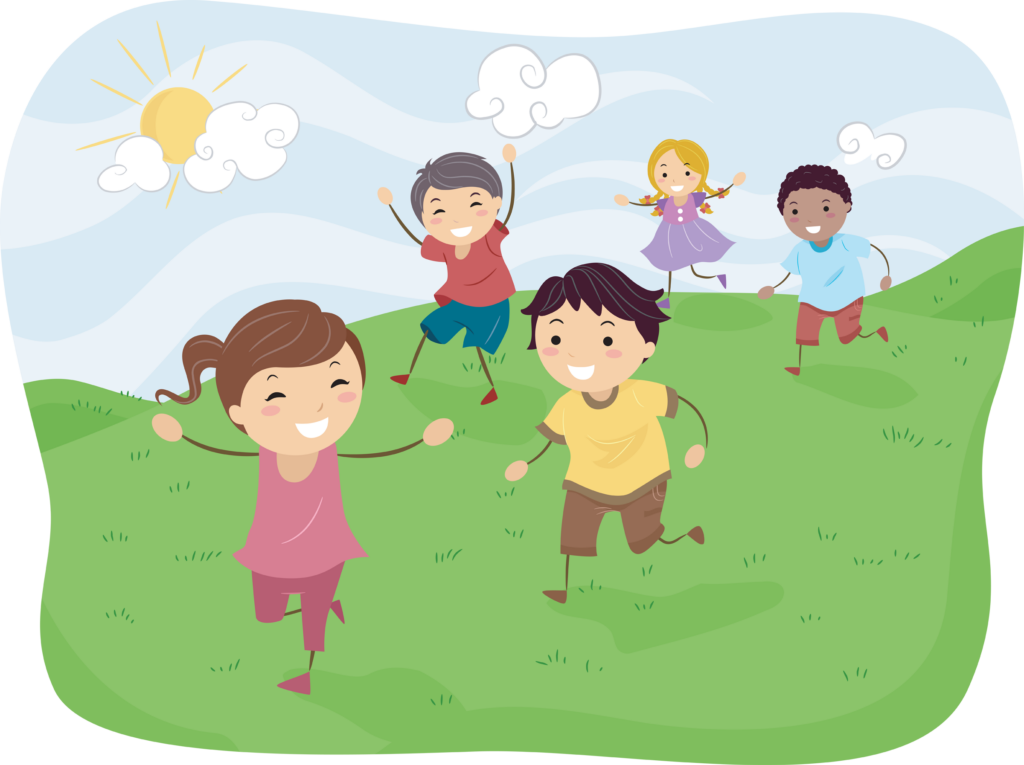
Bring elements of reality and nature into the classroom. Montessori suggests that abstract learning should be built upon concrete experiences. Therefore, encourage activities that involve natural elements and real-world situations.
Cooperative Learning and Peer Learning

Cooperative learning and peer learning are essential facets of the Montessori Method. Encourage group activities that foster social interaction and cooperation. Older children can be mentors to younger ones, promoting peer learning.
Incorporating Montessori philosophies and activities into the classroom can seem daunting at first, but the benefits are worth the effort. As educators and parents, it allows you to tap into the inherent curiosity of children and guide them towards becoming confident, independent learners. Embrace the Montessori Method, transform your teaching style, and watch your students flourish.




